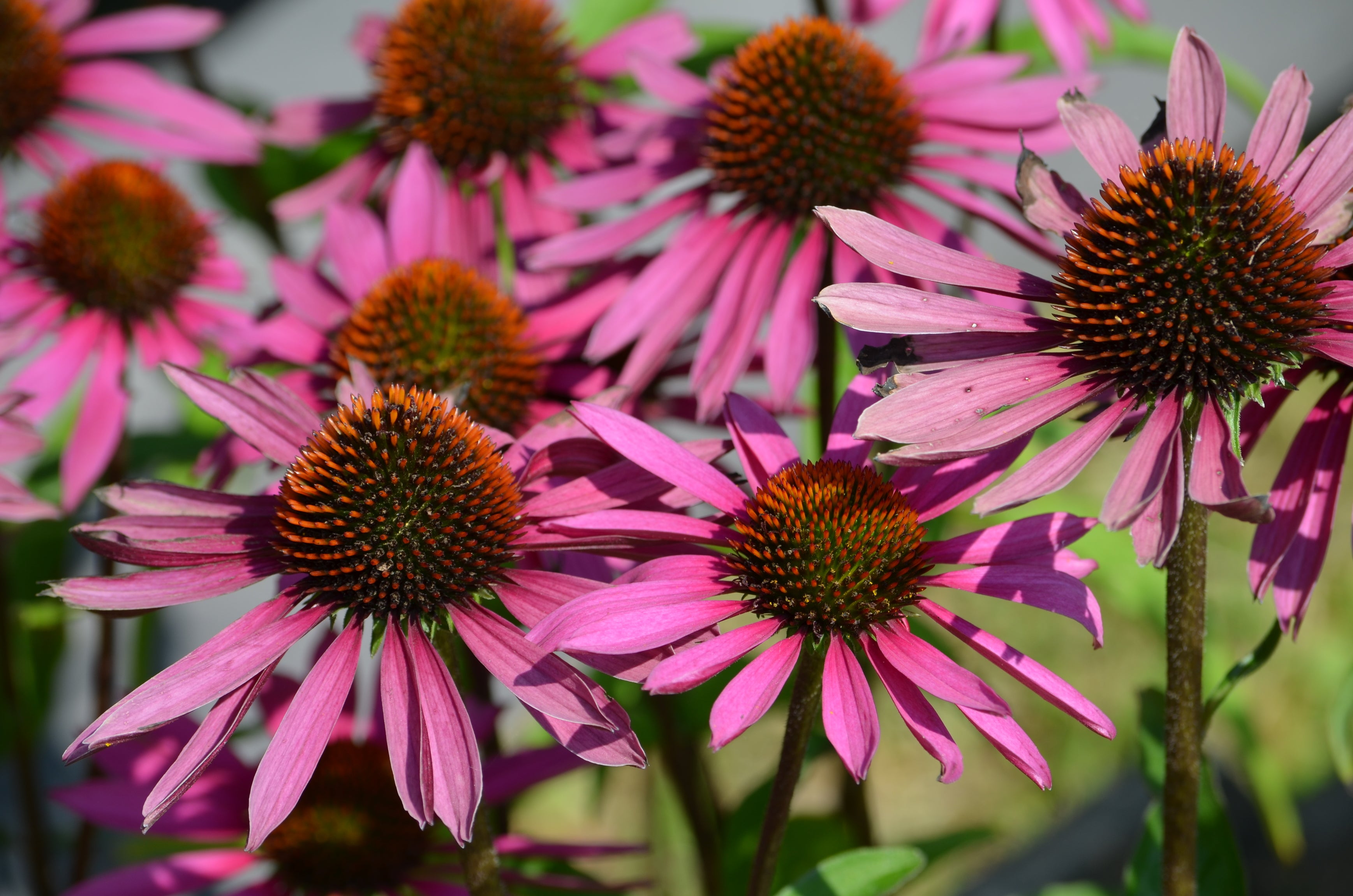

Moisture Needs : medium-moist, medium, medium-dry, average drought tolerant - on fully exposed south facing and drier spots can scorch leaves, so for these areas it's better to use more drought tolerant E. In comparison to hybrids, wild form tolerates less drought, but can be fairly happy with some shade during the day and here in Bloomington, IN (zone6), we can see it quite often on the edge of the woods, or even in dappled shade If you like annuals, combine it with single colored cultivars of Cleome, Cosmos, Zinnia or Verbena bonariensis or annual grasses like Pennisetum setaceum 'Rubrum' and others.īlooming time : June/July to August/SeptemberĬulture: sun, half sun, half shade, dappled shade, average soil, clay, loam, rocky soil, drained soils. Unforgettable combinations paired with non-native perennials such as Eryngium, Echinops, hardy Geranium, Hemerocallis, Kniphophia, Origanum, Perovskia, grasses like Pennisetum,…

Good companions can be Agastache, Aster, Asclepias (tuberosa, sullivantii, purpurascens), Baptisia, Eupatorium, Eryngium, Gaura, Helenium, Monarda, Phlox, Rudbeckia, Solidago, Veronicastrum, medium sized or tall native prairie grasses like Adropogon gerardii, Eragrostis spectabilis, Panicum virgatum, Schizachyrium scoparium, Sporobolus heterolepis, … The possibilities of use and combinations are nearly never ending. simulata.Įasy to grow perennial for prairie style borders, conventional flower beds, public spaces and gardens, small private gardens, cottage gardens, rain gardens. For very dry and hot spots rather use drought tolerant E. So you can use it's advantage and plant in areas with some shade (especially in hot and dry position, it wilst easily or scorches the leaves). It tolerates more shade than the cultivars, but also usually requires a bit more moisture. Wild form of Echinacea purpurea for the maximum wildlife support.


 0 kommentar(er)
0 kommentar(er)
